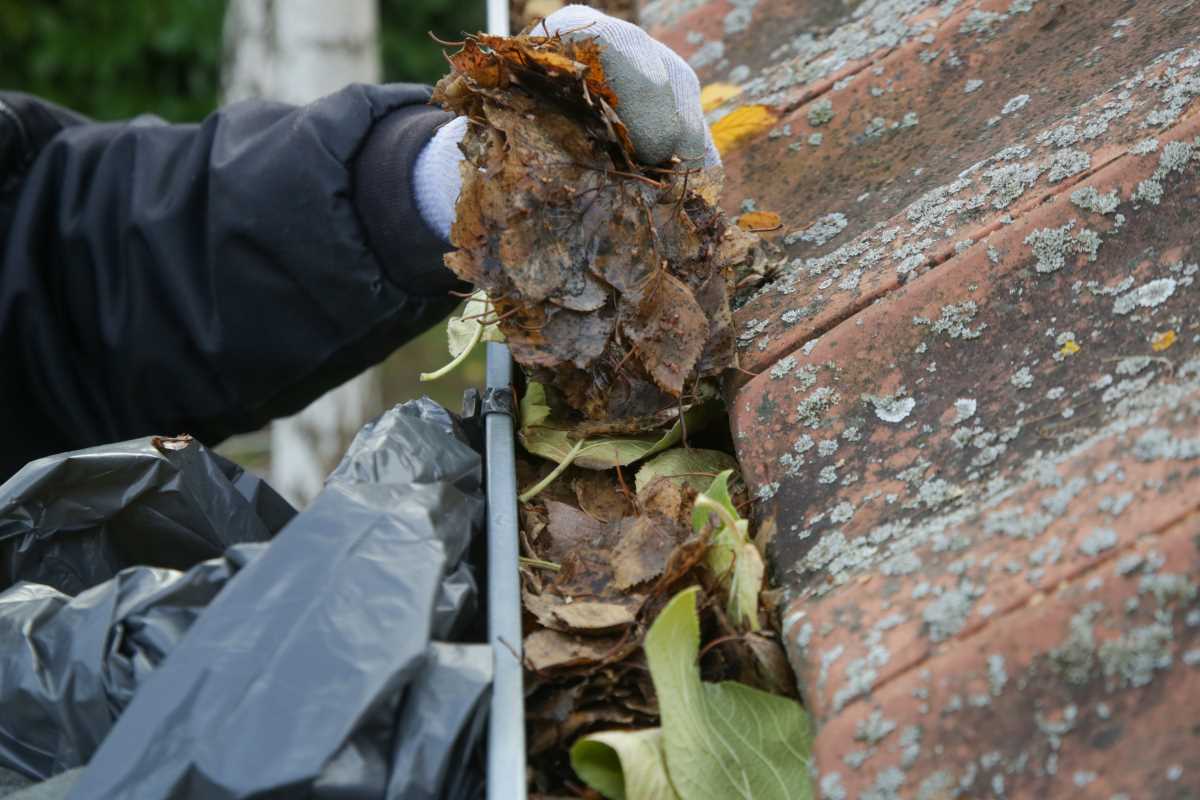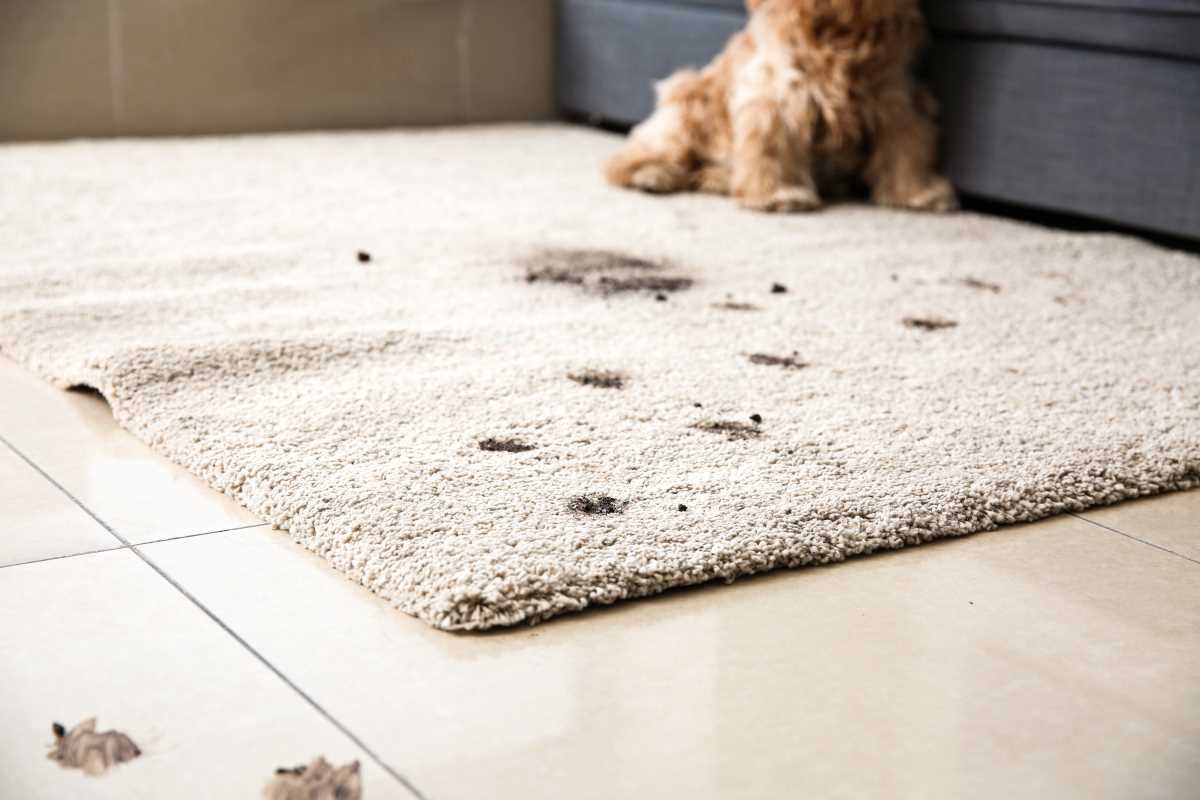Waking up on a frosty morning and finding foggy car windows can be stressful, especially when you're rushing to get the kids to school or daycare. Foggy windows aren't just a nuisance; they create dangerous driving conditions by reducing your visibility. To keep your family safe on the road, it’s crucial to clear that fog before heading out. Thankfully, there are simple techniques and preventative measures you can use to make sure your windows stay clear, even on the coldest days.
Below, we’ll explore why car windows fog up, step-by-step instructions to quickly de-fog them, and strategies for preventing fogging altogether. Plus, we’ll sprinkle in some parent-approved tips and tricks to make your mornings smoother.
Why Do Car Windows Fog Up?
The science behind foggy windows is actually quite simple. It all comes down to temperature and moisture. When the air inside your car is warm and humid, but the windows are cold, the moisture in the air condenses into tiny droplets on the glass. These droplets scatter light, which is why your windows appear cloudy or foggy.
Activities like breathing, talking, or bringing wet shoes, jackets, and gear into the car can increase humidity levels. For parents, this problem is amplified when little ones hop in with snow-covered boots or when wet sports equipment takes up space in the trunk. While it can feel inevitable, understanding what causes the problem is the first step in solving it.
Step-by-Step Guide to De-Fogging Your Windows
If you find yourself face-to-face with foggy windows during the morning rush, don’t panic. Follow these steps to address the issue quickly and efficiently:
1. Turn On the Defroster
Your car’s defroster is likely your most powerful tool for clearing fog. Some vehicles even have a dedicated button marked with a rectangle symbol and squiggly lines (representing warm air). When activated, the defroster sends heat directly to your windshield and side windows, helping to warm the glass and evaporate condensation.
If you’re in a hurry, crank the defroster up to the highest setting. You’ll want to stay patient for a few minutes as the warm air does its job. The good news? Many modern defrosters work quickly, and within moments, fog will start to vanish.
Pro Tip for Parents:
If your little ones tend to play with dashboard buttons, double-check that the defroster is set correctly before you drive off. Kids' curiosity can sometimes result in unexpected settings being activated!
2. Use the Air Conditioner
Using the air conditioner during winter may sound counterintuitive, but it’s highly effective. Air conditioners function as dehumidifiers, pulling excess moisture out of the air inside your car. This dries the atmosphere and prevents new condensation from forming on the windows.
Running the air conditioner alongside the defroster works like a dream team. While the defroster warms the glass, the A/C removes any lingering moisture from the air.
3. Turn Off Air Recirculation
Did you know that most cars have an air recirculation button? It’s often marked with an arrow forming a loop. While this button can be useful for keeping warm air inside on cold days, it traps humid air in your car. That humid air is the same culprit behind foggy windows.
To clear your windows effectively, switch off air recirculation. This allows fresh, dry air from outside to flow into the car, improving air quality and reducing fog. Think of it as swapping out warm, damp air for cool, drier air.
4. Crack Open a Window
If you’re short on time and need an immediate solution, cracking open a window can provide a temporary fix. Allowing cold air to flow in will help dry the interior of your car and balance the temperature difference between the inside and outside. While it might not feel pleasant on a chilly morning, it works in a pinch.
For parents with small children, make sure windows are only open for as long as necessary; little ones can be extra sensitive to the cold air.
5. Adjust the Temperature Gradually
Blasting cold air directly onto the windshield might seem like the fastest way to clear fog, but resist the temptation. Cold air can cause the glass to accumulate more moisture once the blower stops.
Instead, aim for balanced warming. Gradually raising the interior temperature will both reduce fog and keep your windows clear for the remainder of the drive. It may take a few extra minutes, but safety is well worth the wait.
Pro Tip:
Carry a clean microfiber cloth in the car for emergencies. If you can’t wait for the windows to defog, wiping them with a microfiber cloth can provide a quick fix without leaving streaks or smudges.
Prevent Fogging Before It Happens
Wouldn’t it be great if you didn’t have to deal with foggy windows at all? With a bit of preparation, you can keep fog from forming in the first place. Here are some proactive steps you can take:
1. Keep Your Car Dry
Moisture is the main cause of foggy windows, so minimizing it inside the car is key.
- Dry Wet Items: Place wet jackets, umbrellas, and boots in a separate bag or storage compartment instead of the main cabin. If possible, leave damp items in the trunk to keep humidity levels low.
- Use Floor Mats: Rubber or weatherproof floor mats are great choices for trapping snow and rainwater brought in on shoes. Clean them regularly to prevent excess moisture from collecting.
2. Clean Your Windows
Dirty windows attract moisture more easily. Grime, fingerprints, and residue act like magnets for condensation. Regularly clean your windows with a streak-free glass cleaner for better visibility and reduced fogging.
Pro Tip:
Stock some glass wipes in your glove compartment. They’re quick and easy to use, especially when your windows need an impromptu cleaning.
3. Apply Anti-Fog Products
Several products on the market are designed to prevent fog from forming on car windows. These sprays or wipes create a thin, transparent barrier that resists moisture buildup. Applying these treatments can be especially helpful in regions with consistently cold winters.
For parents who enjoy DIY solutions, a mixture of water and vinegar or even a dab of shaving cream can sometimes mimic the effects of commercial anti-fog products. Just make sure to thoroughly wipe off any residue to avoid smudges.
4. Seal Leaks
Bad window seals or door gaskets can lead to sneaky leaks, allowing rain or snowmelt to seep into your car. Over time, this extra moisture creates the perfect conditions for foggy windows.
Check your car’s seals regularly. If you notice cracks or gaps, consider using weather-stripping materials or consulting with a mechanic to have the seals repaired.
5. Use a Moisture Absorber
One of the easiest and most effective ways to reduce moisture levels in your car is to use a moisture absorber. Products like dehumidifier pouches or silica gel packs are great at soaking up humidity.
Parents, take note! For a budget-friendly hack, fill a sock with kitty litter, tie it closed, and place it on your dashboard or under a seat. Kitty litter is surprisingly absorbent and can help keep the car’s interior dry.
Staying Safe on the Road
Driving with foggy windows isn’t just inconvenient; it’s dangerous. Poor visibility increases the chance of accidents, especially if you’re driving in busy neighborhoods, near schools, or during early morning rush hours. That’s why it’s so important to take the time to properly clear your windows before driving off.
 (Image source: Ford)
(Image source: Ford) 





